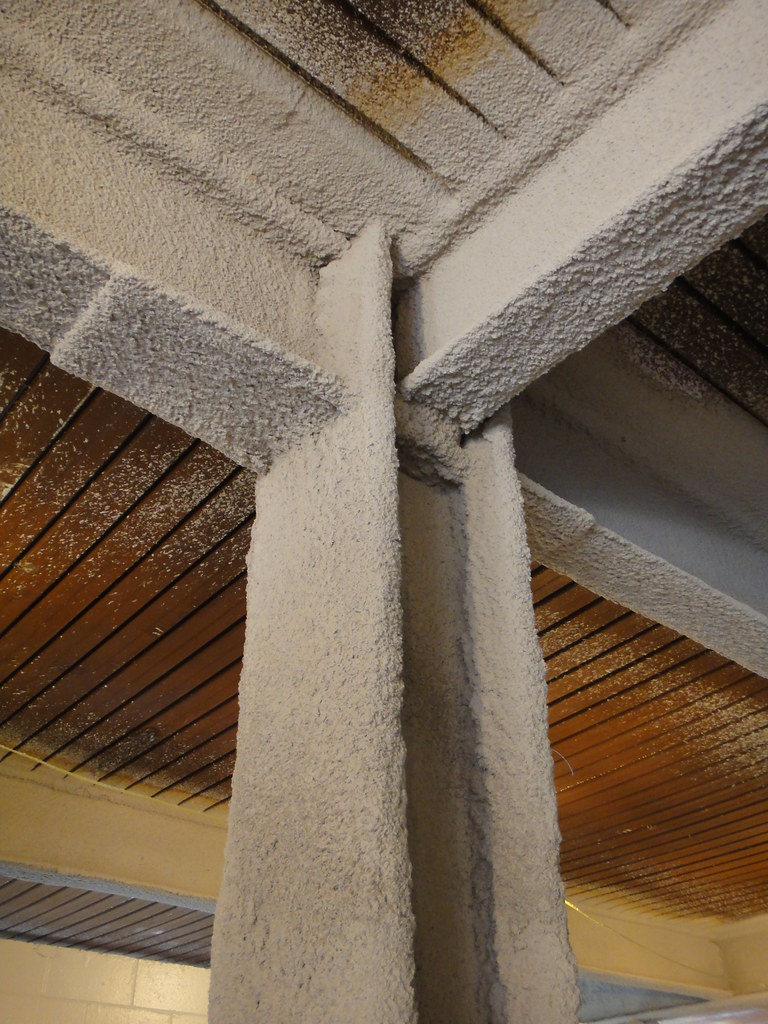Missing20K
Well-Known Member
That it is. And was done in a single continuous pour. Construction pictures of that and the DCA version show the huge difference in building technique.
Are you certain? I assume foundations must have been poured separately with re-bar set ready to go vertical. Then they would have begun building form-work and tieing all the re-bar together. Then pouring, setting re-bar for the next vertical section, letting it cure, and so on.
This video appears as though they built form-work and re-bar structure, poured the concrete, let it cure, built additional vertical form-work and re-bar, poured concrete, let it cure. Rinse and repeat.
Time-lapse video of the Construction of Sleeping Beauty's Castle in Disneyland Paris
Not discounting your knowledge, just doesn't mesh with what I know about poured concrete construction. A single continuous pour of that magnitude would be concrete being poured for days and days. Wouldn't allow it adequate time to cure.


